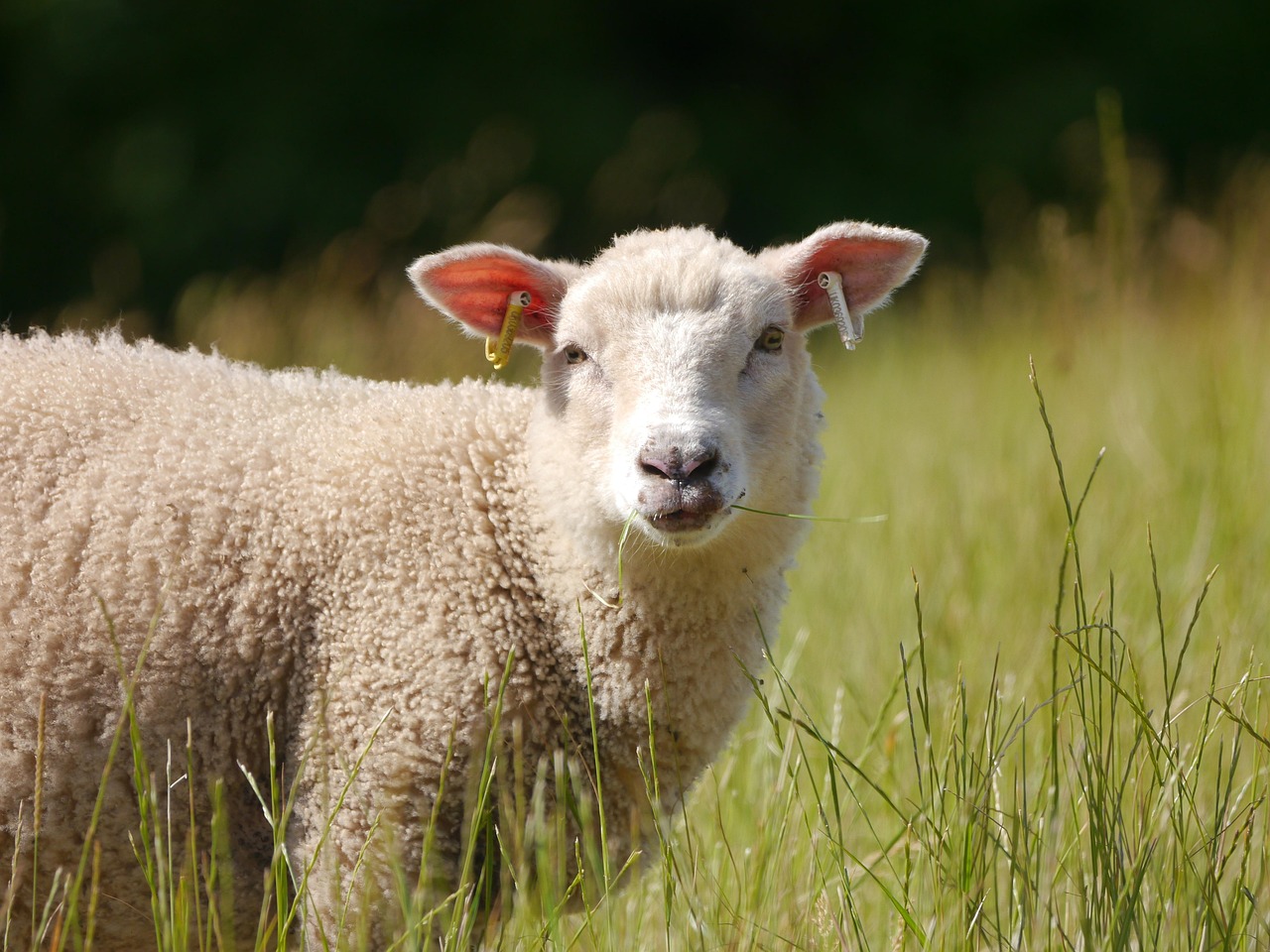Farming in a Glove (Grades 3-5)
Students observe how a seed sprouts and investigate the conditions necessary for germination to occur.
Students observe how a seed sprouts and investigate the conditions necessary for germination to occur.
Students synthesize what they know about soils, plants, and the environment to plan a garden, present their plans, and explain why they made the decisions that they did.
Through project-based learning, students use school resources to construct and grow a school garden to supplement the school Backpack Program with fresh fruits and vegetables.
Students investigate the different digestive systems of livestock, examine the unique nutritional needs based on these structures, and discover the responsibilities of an animal nutritionist.
Students observe how earthworms speed the decomposition of organic matter and identify how this adds nutrients to the soil that are important for plant growth by constructing worm habitats from milk jugs.
Students investigate how light affects plant growth by observing changes in a plant’s growth and movement as light availability is altered through an experiment.
Students investigate the sources of different foods and examine the importance of eating a variety of nutritious foods.
Students identify the variety of soybeans uses for human consumption, livestock feed, and industrial products, explain how key historical events affected soybean production in the United States, and create a bioplastic made from soybeans.
Students diagram the life of President Abraham Lincoln, including his childhood, presidency, and role during the Civil War, and describe his agricultural legacy and impact on agriculture today.
Students explore the production and distribution of fresh produce.
Students identify the basic needs of plants and fish and engineer, assemble, maintain, and observe a small-scale aquaponics system that meets plant and fish needs.

Students explore the difference between inherited and acquired traits and discover why knowledge of inherited and acquired traits is important to agriculture.